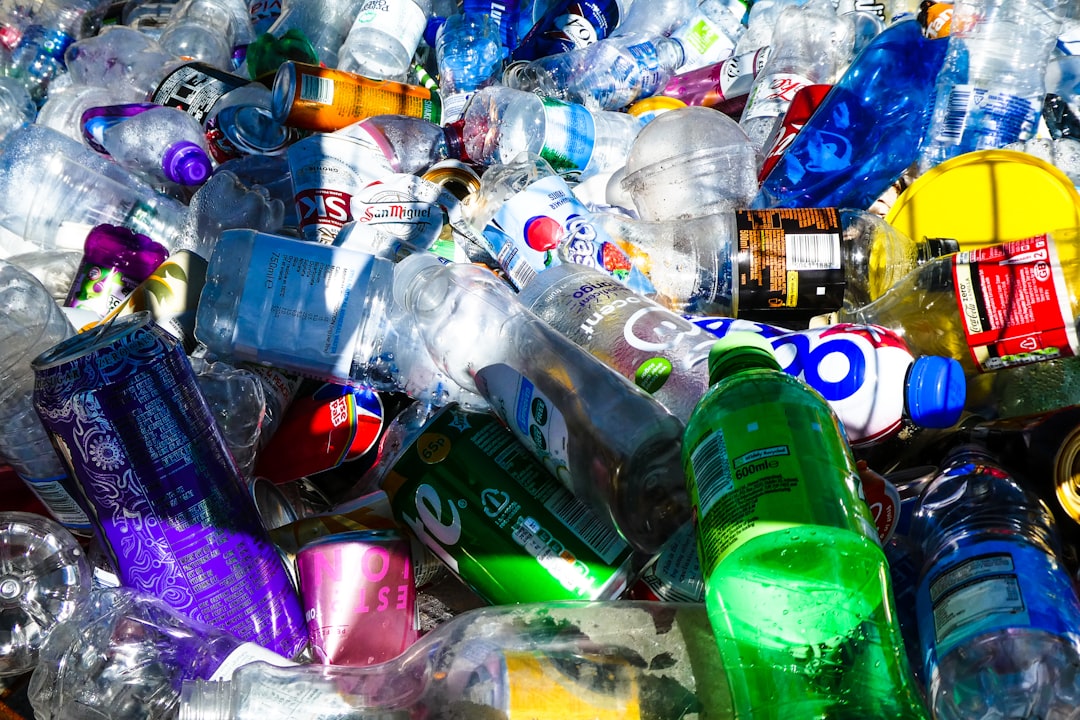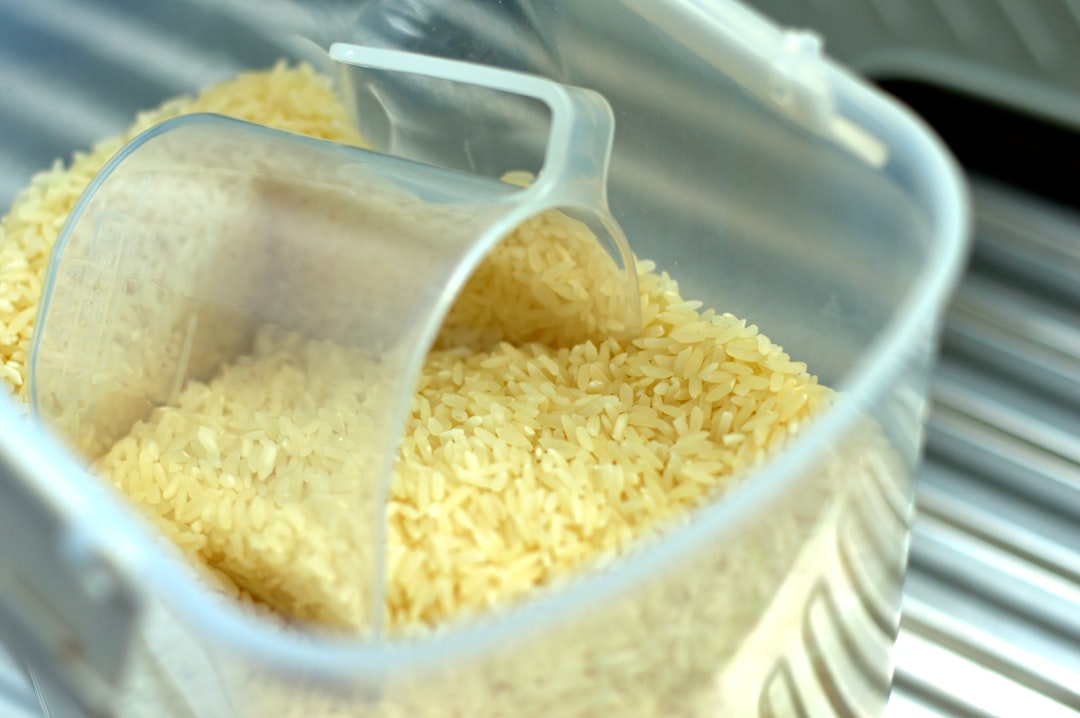What is it about?
Flexible dye‐sensitized solar cells are an intriguing photovoltaic technology, especially from the point of view of integration of photovoltaics into everyday objects, owing to these solar cells conforming easily to different nonplanar geometries and low‐intensity lighting conditions. However, the commercialization of these devices has not yet fully taken off due to few persisting gaps in the optimization of employed materials and processes. Herein, we focus on the recent progress on flexible dye sensitized solar cells, and how obstacles to larger‐scale production have been removed. There have been major advancements in diverse roll‐to‐roll compatible preparation methods of various cell layers, as well as in understanding the corrosion of metal electrodes in liquid electrolyte. We also pinpoint the remaining challenges for full commercialization of these technologies, one of which is reaching long‐term stability in which case sealing of the flexible device plays a major role. Furthermore, environmental considerations such as the life cycle assessment and the use of more sustainable materials in solar cell preparation are discussed.
Featured Image
Why is it important?
Flexible solar cells could pave the way to roll-to-roll mass production.
Perspectives
There's a range of new interesting development for flexible dye solar cells and how to make these stable.
Professor Peter D. Lund
Aalto University
Read the Original
This page is a summary of: Recent progress in flexible dye solar cells, Wiley Interdisciplinary Reviews Energy and Environment, May 2018, Wiley,
DOI: 10.1002/wene.302.
You can read the full text:
Contributors
The following have contributed to this page










